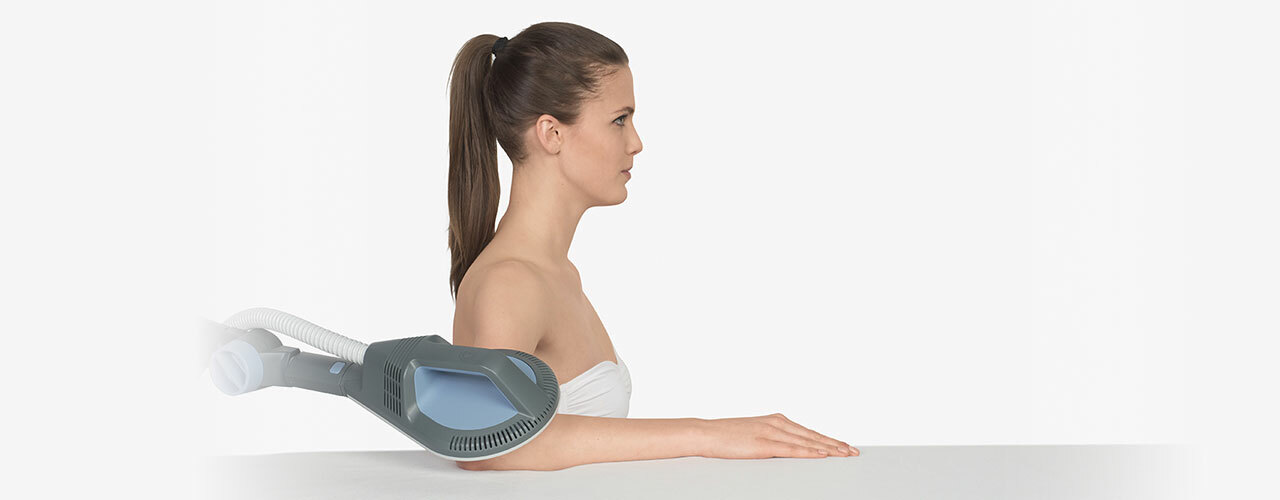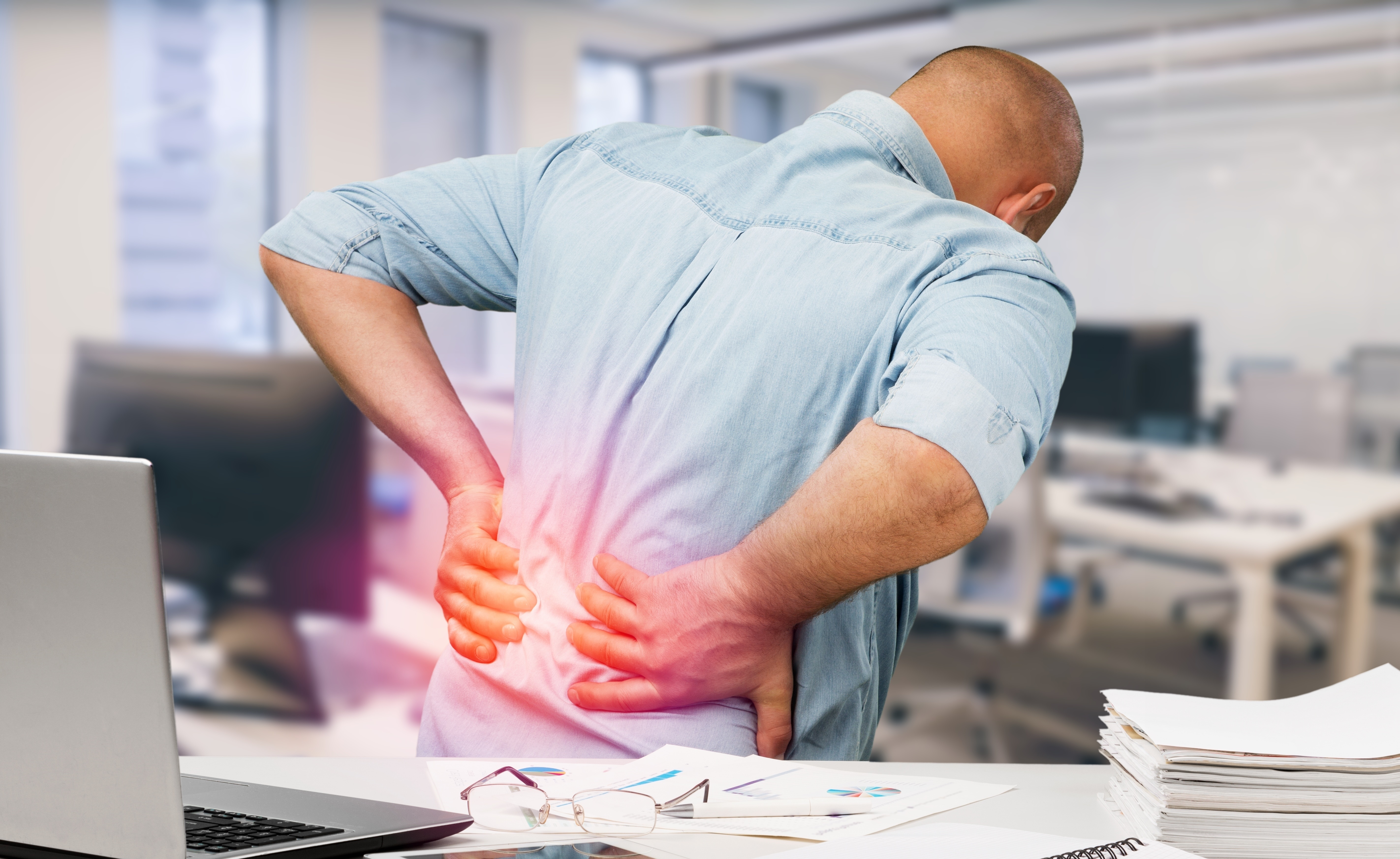Sciatica is pain that extends down each leg along the route of the sciatic nerve, which runs from your lower back to your hips and buttocks. Sciatica usually affects only one side of the body.
A herniated disc, a bone spur on the spine, or a narrowing of the spine (spinal stenosis) compresses a portion of the nerve, causing sciatica. Inflammation, pain, and numbness are common symptoms in the affected leg.
Although the pain associated with sciatica can be severe, most cases recover within a few weeks with non-operative therapy. People with severe sciatica who also have significant limb weakness or bowel or bladder changes may be surgical candidates.
Symptoms
Sciatica is characterised by pain that extends from your lower (lumbar) spine to your buttock and down the back of your leg. The soreness can occur anywhere along the nerve pathway, but it’s more likely to occur along a line that runs from your low back to your buttocks, as well as the back of your thigh and calf.
Pain can range from a mild pain to a sharp, searing sensation or severe agony. It can seem like a jolt or an electric shock. Coughing or sneezing can make it worse, and sitting for lengthy periods of time might aggravate symptoms. Only one side of your body is usually affected.
Numbness, tingling, or muscle weakness in the affected leg or foot are also common. You may experience pain in one portion of your leg while experiencing numbness in another.
When to see a doctor
Mild sciatica disappears with time. If self-care approaches cannot relieve your symptoms, or if your pain lasts more than a week, is severe, or worsens over time, see your doctor. If you’re experiencing any of the following symptoms, seek medical attention right away:
- You feel numbness or muscle weakness in your leg, as well as sudden, acute pain in your low back or leg.
- The pain occurs after a severe injury, such as a car collision.
- You can’t even keep your bowels or bladder under control.
Causes
Sciatica is caused by a pinched sciatic nerve, which is usually caused by a herniated disc in your spine or a bone spur on one of your vertebrae. A tumour might compress the nerve, or it can be injured by a disease like diabetes.
Risk factors
Sciatica can be caused by several reasons, including:
- Age. Sciatica is most commonly caused by age-related changes in the spine, such as herniated discs and bone spurs.
- Obesity. Excess body weight might contribute to the spinal abnormalities that cause sciatica by increasing the stress on your spine.
- Occupation. Sciatica may be caused by jobs that demand you to twist your back, move large objects, or drive a vehicle for lengthy periods of time, although there is no conclusive evidence of this link.
- Prolonged sitting. Sciatica is more likely to occur in those who sit for long periods of time or lead a sedentary lifestyle than inactive people.
- Diabetes. The way your body uses blood sugar is affected by this disorder, which increases your risk of nerve damage.
Complications
Although most people recover completely from sciatica without therapy, sciatica can cause chronic nerve damage. If you have any of the following symptoms, seek medical help right once.
- In the affected leg, there is a loss of sensation.
- Deficiency in the affected leg
- Weakness in bowel or bladder function
Prevention
Sciatica is not always preventable, and the illness may return. The following items can help to protect your back:
- Exercise regularly. Pay specific attention to your core muscles, which are the muscles in your abdominal and lower back that are necessary for posture and alignment, to keep your back strong. Inquire with your doctor about certain activities.
- Maintain proper posture when you sit. Choose a seat with a swivel base, armrests, and decent lower back support. To keep your back in its natural curvature, place a pillow or rolled towel in the small of your back. Maintain a level posture with your knees and hips.
- Use good body mechanics. If you have to stand for long periods of time, take a break and rest one foot on a stool or a small box. Allow your lower extremities to do the work when lifting anything heavy. Move up and down in a straight line. Maintain a straight back and just bend at the knees. Keep the burden as near to your body as possible. Lifting and twisting at the same time is not a good idea. If the object is heavy or problematic, find a lifting partner.
For detailed advice on Sciatica, please contact Simply Align Rehab Physio in Scarborough/Toronto at simplyalignrehab.com, or phone or text us at (416) 628-8554 for your Physiotherapy or Chiropractor needs in Toronto.



